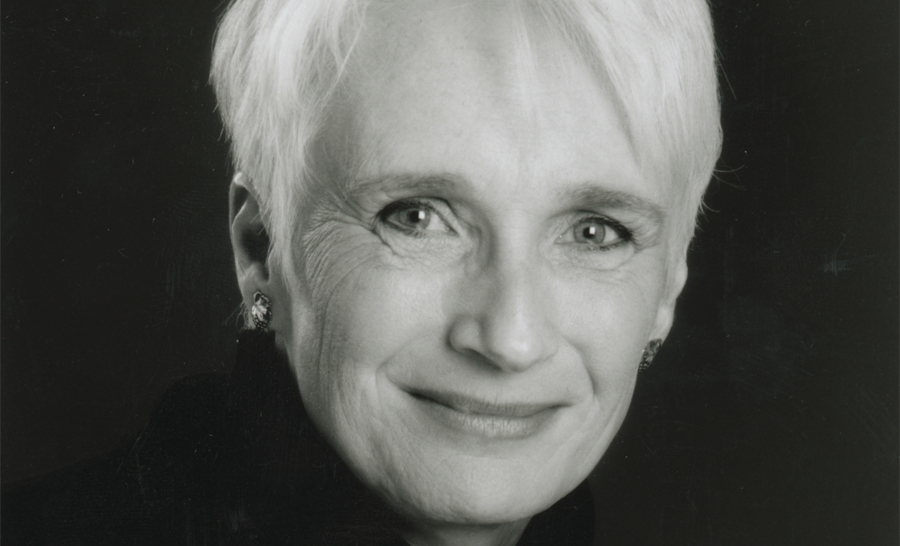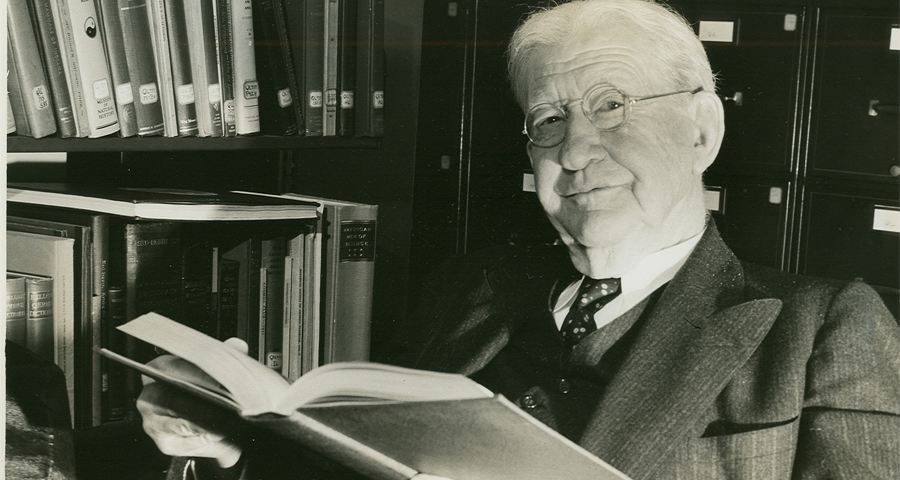Very soon I will move into my 15th office space since I became “gainfully employed” a little over 50 years ago. (This doesn’t count the dining table that has always served as an office at home .)
Over the years, these work spaces have ranged from reception areas as noisy as DFW Airport (where whoever needed a pen felt free to borrow mine), to cubes and windowless cubby holes, attics and, occasionally, comfortable accommodations, a window with a view and a door that closed to afford a bit of privacy. I have spent the bulk of my working career with not-for-profit agencies and never worked for one that spent donated funds on posh offices. We made do with the space available.
Wilbur D. Mills Education Service Cooperative, where I work, has built a new Professional Development Center with a conference room large enough to hold 150 participants. This can also be divided into three smaller rooms. Thus the majority of the space in our new PDC will be used for just that: professional development (often through Distance Learning) for teachers and administrators in the Central Arkansas schools we serve.
The distance learning lab allows us to present, via closed circuit, workshops and conferences originating at the Arkansas Department of Education, AETN Public Television and other locations across the state.
Educators in Arkansas are required to have 60 hours of professional development each year to maintain their teaching credentials. The Education Cooperatives help provide that. We also maintain a data base for keeping PD transcripts up to date.
The Co-ops offer a lot of other services – HIPPY, Early Childhood testing, Career Technology, and Special Education services to name a few.
In our new building, there are also offices for the content area specialists I support: Literacy, Math, Science and Gifted/Talented. My office space is light and airy with floor-to ceiling windows. I have a panoramic view of beautiful downtown Beebe … well, Illinois Street anyway. No longer will I have to ask if it’s raining. I will be the first to know.
So, one day next week, I will leave behind my desk that once belonged to the president of Citizen’s Bank, I will say “see ya later” to my friends who have been my office mates for the last few years, and roll my chair and computer across the parking lot to my new home away from home.



 I became a fan of William E. Barrett 40 or more years ago when I belonged to the Doubleday One-Dollar Book Club. Each month I chose from selections for $1.00 or perhaps a bit more depending on the fame of the author or expected popularity of the book.
I became a fan of William E. Barrett 40 or more years ago when I belonged to the Doubleday One-Dollar Book Club. Each month I chose from selections for $1.00 or perhaps a bit more depending on the fame of the author or expected popularity of the book.